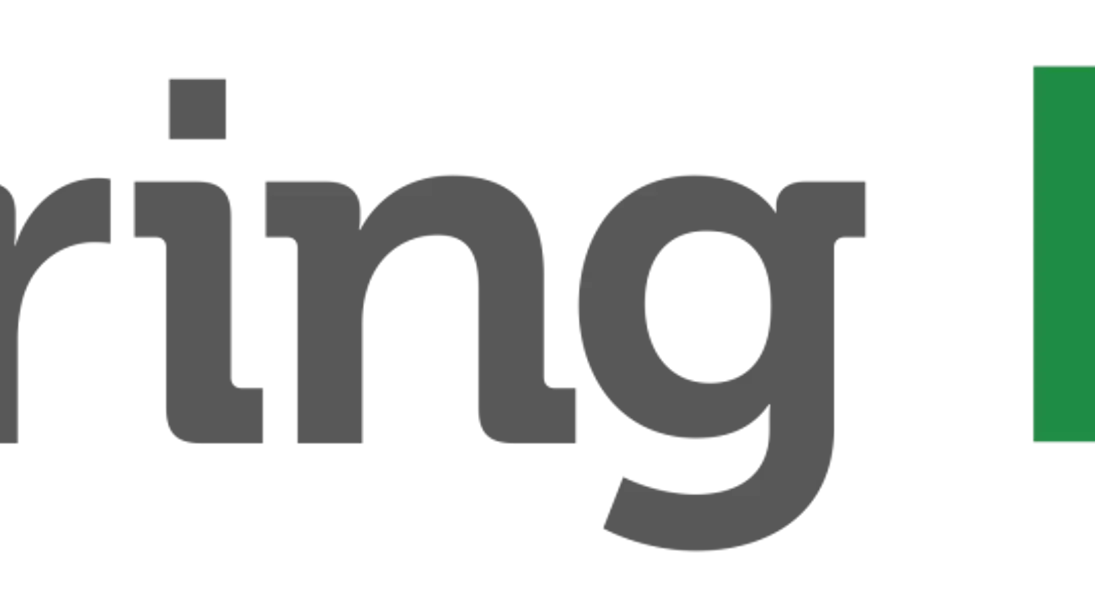
When faced with significant expenditures or the desire to consolidate existing high-interest obligations, individuals often consider two primary financing avenues: personal loans and home equity loans. While both serve as installment credit facilities, their operational mechanisms diverge significantly, each presenting a distinct set of benefits and drawbacks. This comprehensive overview aims to dissect these differences, enabling a clearer understanding for those seeking the most appropriate financial instrument for their circumstances. The ultimate choice hinges on individual requirements, credit standing, and overarching financial objectives. For those contemplating a Home Equity Line of Credit (HELOC) as an alternative, a separate analysis specifically comparing personal loans with HELOCs is recommended.
Choosing Your Financial Path: Personal Loans vs. Home Equity Loans
In the landscape of lending, personal and home equity loans stand out as popular choices for varying financial requirements. A personal loan typically functions as an unsecured credit facility, allowing borrowers to access a set sum of money with a predetermined repayment schedule and a fixed interest rate. Since it doesn't necessitate collateral like a property, it mitigates the risk of asset forfeiture for the borrower. These loans are frequently utilized for diverse purposes, including debt consolidation, medical expenses, home enhancements, event financing like weddings, or other substantial acquisitions. Numerous financial institutions, ranging from traditional banks and credit unions to contemporary online lenders, extend such offerings. The specific loan amount, interest rates, and repayment terms are contingent upon factors such as an applicant's credit score, income, and overall creditworthiness.
Conversely, a home equity loan is a secured lending product, leveraging the accumulated value within a borrower's residential property. This type of loan provides a lump sum payment, repaid over a fixed duration with a consistent interest rate. Its common applications include extensive home renovations, substantial medical bills, debt consolidation, or educational funding, often distinguished by more favorable interest rates and higher borrowing capacities. Given that these loans are collateralized by real estate, they generally come with more attractive terms than their unsecured counterparts, though they also entail heightened risks. Prominent lenders in this domain include various established banks and specialized home equity providers.
Deciding between these two financial instruments involves a careful assessment of several critical aspects. For swift access to moderate sums without pledging assets, a personal loan might be preferable, especially for those with robust credit scores that can secure competitive rates. Conversely, for substantial financial undertakings such as extensive home improvements, a home equity loan proves more suitable, particularly for homeowners with significant equity. The processing time for personal loans is typically much shorter, often mere days, while home equity loans can take several weeks due to the necessary appraisal and underwriting procedures. Crucially, a home equity loan carries the inherent risk of foreclosure if repayment obligations are not met, a risk absent in unsecured personal loans. Therefore, the decision necessitates a thorough evaluation of the loan's purpose, the borrower's homeownership status and equity, the desired funding timeline, and an honest appraisal of one's credit profile and comfort with financial risk.
From a discerning perspective, the choice between a personal loan and a home equity loan is not merely a financial transaction; it's a strategic life decision that mirrors an individual's financial philosophy and risk appetite. The allure of lower interest rates and higher borrowing limits from a home equity loan, underpinned by the substantial asset of one's home, is undeniable for large-scale projects. Yet, this benefit comes with the profound responsibility and inherent risk of potentially losing one's dwelling. Conversely, the personal loan, while possibly carrying higher interest rates due to its unsecured nature, offers unparalleled flexibility and peace of mind by safeguarding one's most valuable asset. This duality underscores a crucial lesson: financial leverage should always be balanced with a clear understanding of personal capacity and a robust contingency plan. Ultimately, the most prudent choice is the one that not only addresses immediate financial needs but also aligns with long-term security and an individual’s tolerance for financial vulnerability. It's a testament to the importance of meticulous financial planning and self-awareness in navigating life's significant economic junctures.
